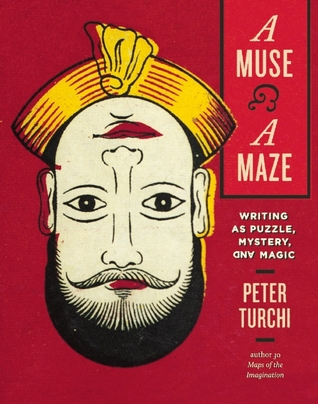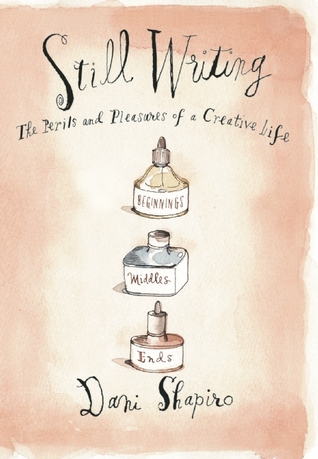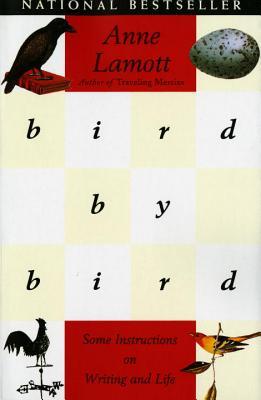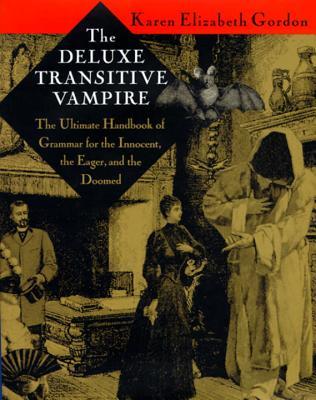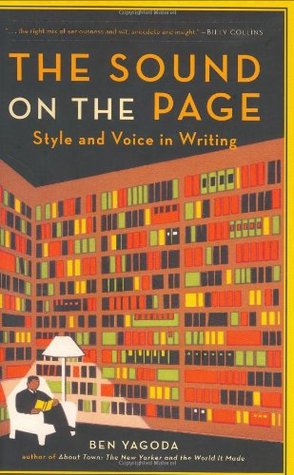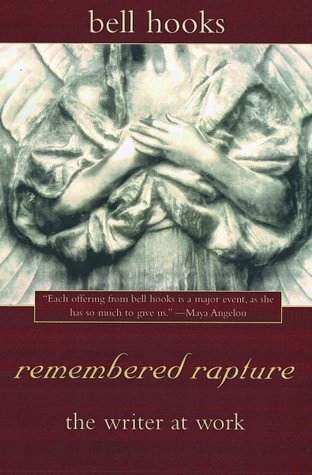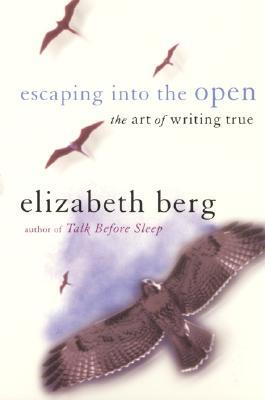This essay appears in her collection This Is the Story of a Happy Marriage. Over the years, she was asked certain questions about her writing process repeatedly, and this essay is her well-honed answer.
The entire collection is worth reading. Some of the essays are interesting and some are beautiful; “The Getaway Car” is the most immediately relevant to me. (But the pieces about her dog and her grandmother are moving and memorable.)
Although I can imagine how easily she might have turned this work into a full-length book, I appreciate her concise and deliberate approach. This is a piece i plan to reread periodically, and its length makes that intention more realistic.
I appreciate its succinct reminders about things i already know. “Habits stick, both the good ones and the bad.” It has taken a lot of work to undo some habits which have interfered with my writing. And even though I’m more cautious now, having fallen into traps I have laid in the past many times, and now better equipped to recognise risks and pitfalls, I can always use reminding.
“This book I have not yet written one word of is a thing of indescribable beauty, unpredictable in its patterns, piercing in its color, so wild and loyal in its nature that my love for this book, and my faith in it as I track its lazy flight, is the single perfect joy in my life. It is the greatest novel in the history of literature, and I have thought it up, and all I have to do is put it down on paper and then everyone can see this beauty that I see.”
This pure affection for a work not-yet-begun is immediately recognisable. Sometimes it is paralysing. I have left drafts sitting, unouched, for years, because the gap between the imagined and the written was vast.
Ann Patchett, too, has struggled with the gap between the writer she wanted to be and the writer she grew into being. She has worked to adjust the balance.
“When I thought about the writer I had wanted to be when I was a child, the one who was noble and hungry and lived for art, that person was not shallow. I would go back to my better, deeper, self.”
She writes about the importance of fallow periods, about painful periods of growth.
“I am a compost heap, and everything I interact with, every experience I’ve had gets shoveled onto the heap where it eventually mulches down, is digested and excreted by worms, and rots. It’s from the rich, dark humus, the combination of what you encountered, what you know and what you’ve forgotten, that ideas start to grow.”
She considers the ways in which we work that do not revolve around a printed page.
“There may be no tangible evidence of the work I do in my head, but I’ve done it nevertheless.”
Ultimately, however, she is an experienced writer. “Somewhere in all my years of practice, I don’t know where exactly, I arrived at the art.”
Nonetheless, this piece offers useful advice for beginning writers too.
About the need for dedication and work. “If I wanted a better life for myself I was going to have to write it.”
About the need to understand one’s audience and market. “Magazines really do have personalities, and you should be able to figure out if your story might fit in.”
And about ambition and passion. “One more thing to think about when putting a novel together: make it hard. Set your sights on something that you aren’t quite capable of doing, whether artistically, emotionally, or intellectually. You can also go for broke and take on all three.”
The piece which I intended to find at the core of this reading, the one about her marriage, was considered and articulate. And, of course, ironic. For even if it was happy (and that seems questionable in this accounting), it is now over.
In the end, I was left feeling that her true marriage is to words.
Great stuff for writers.
Patchett, Ann. “The Getaway Car” in This Is the Story of a Happy Marriage (HarperCollins, 2011)

